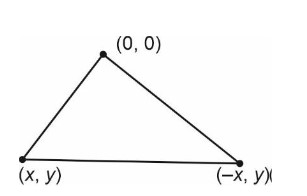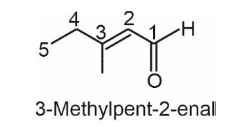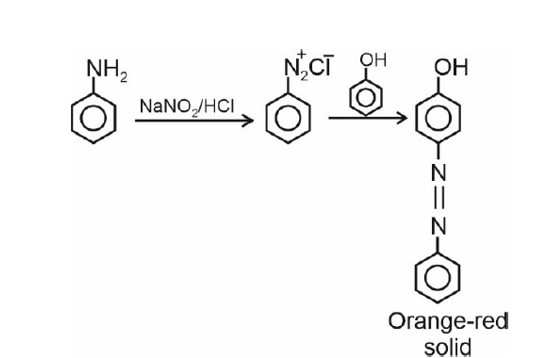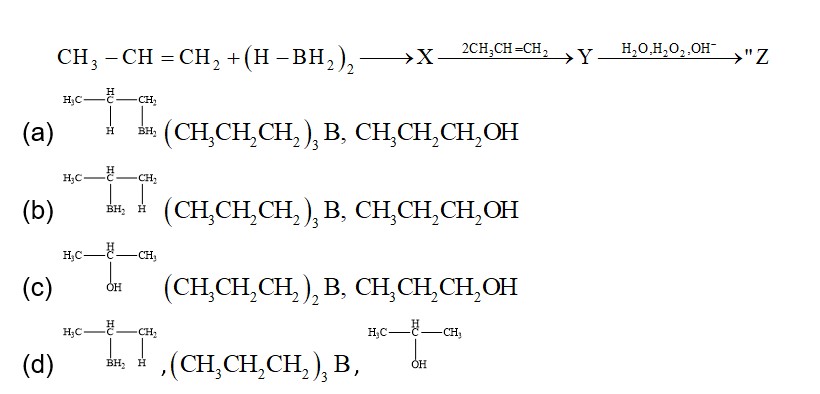Class 12th
Get insights from 12k questions on Class 12th, answered by students, alumni, and experts. You may also ask and answer any question you like about Class 12th
Follow Ask QuestionQuestions
Discussions
Active Users
Followers
New answer posted
a month agoContributor-Level 10
->
->
–4 £ 2 – |x| £ 4
–6 £ – |x| £ 2
–2 £ |x| £ 6
|x| £ 6
->x Î [–6, 6] …(1)
Now, 3 – x ¹ 1
And x ¹ 2 …(2)
and 3 – x > 0
x < 3 (3)
From (1), (2) and (3)
->x Î [–6, 3] – {2}
a = 6
b = 3
g = 2
a + b + g = 11
New answer posted
a month agoContributor-Level 10
Also , f' (1) = 0
->
->roots in and
->f" (x) is zero at least twice in
New answer posted
a month agoContributor-Level 10

Area of ?
->
->Area (D) = |xy| = |x (– 2x2 + 54x)|
at x = 0 and 18
->at x = 0, minima
and at x = 18 maxima
Area (D) = |18 (– 2 (18)2 + 54 * 18)| = 5832
New answer posted
a month agoContributor-Level 10
(a – 1) * 2 + (b – 2) * 5 + (g – 3) * 1 = 0
2a + 5b + g – 15 = 0
Also, P lie on line
a + 1 = 2λ
b – 2 = 5λ
g – 4 = λ
2 (2λ – 1) + 5 (5λ + 2) + λ + 4 – 15 = 0
4λ + 25λ + λ – 2 + 10 + 4 – 15 = 0
30λ – 3 = 0
a + b + g = (2λ – 1) + (5λ + 2) + (λ + 4)
New answer posted
a month agoNew answer posted
a month agoContributor-Level 10
The boiling point of alcohol increases with increase in the number of carbon atoms. So, hexanol has maximum boiling point.
Taking an Exam? Selecting a College?
Get authentic answers from experts, students and alumni that you won't find anywhere else
Sign Up on ShikshaOn Shiksha, get access to
- 65k Colleges
- 1.2k Exams
- 678k Reviews
- 1800k Answers







